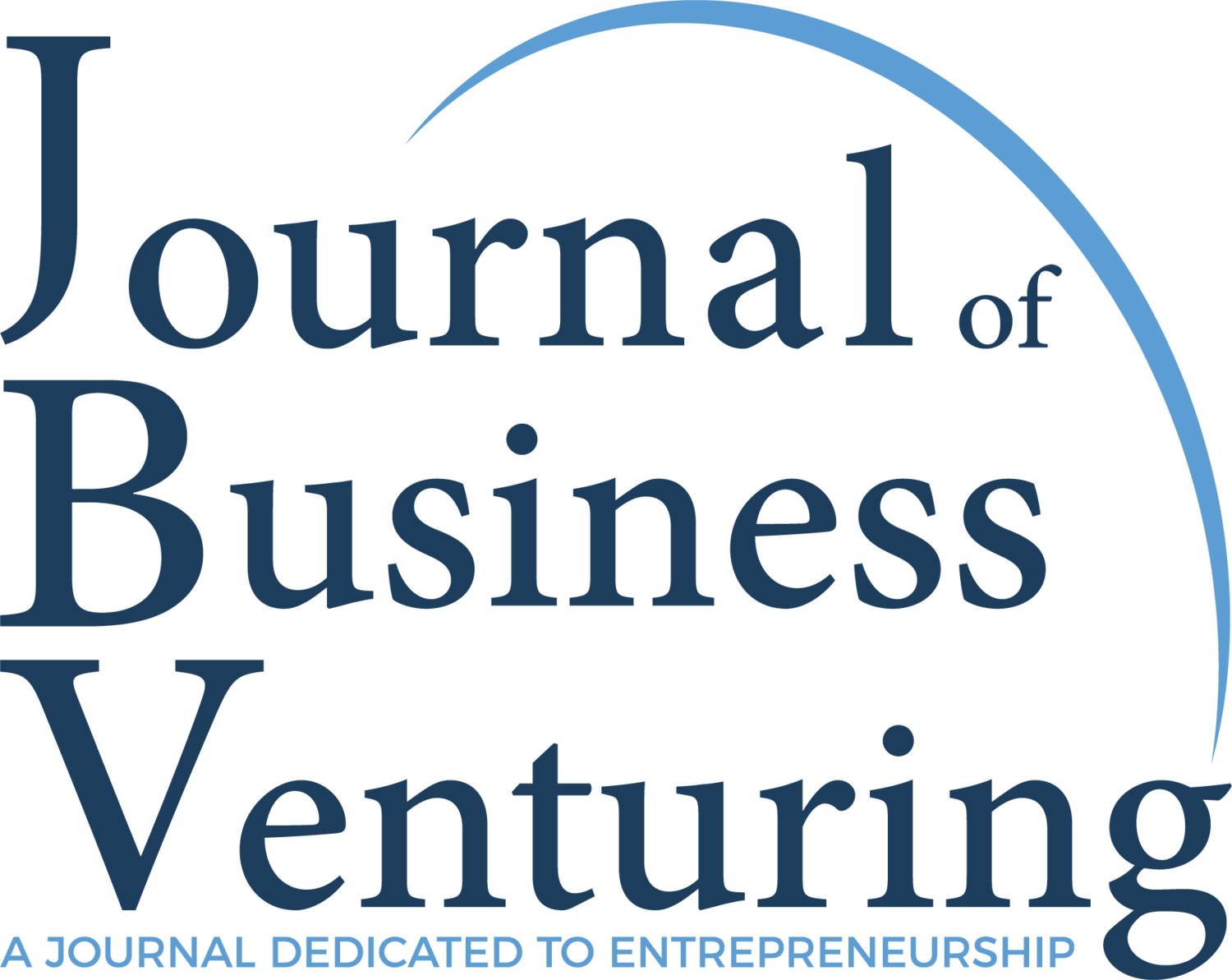Pitches determine funding
Research Paper Title:
“The right touch of pitch assertiveness: Examining entrepreneurs' gender and project category fit in crowdfunding”
Authors:
Background:
Given the growing influence of crowdfunding platforms, scholars have devoted significant attention to examining the communication that entrepreneurs use in their crowdfunding pitches to increase their funding. Entrepreneurship scholars have long acknowledged that assertiveness is an important communication style for women and men’s resource acquisition, but empirical findings have remained equivocal regarding the influence of assertive behaviors. Furthermore, while crowdfunding is typically considered to be a more equitable means for entrepreneurs to attract funding, perceptions of gender fit within project categories might still potentially shape crowdfunders’ evaluations of the communication style in female and male entrepreneurs' crowdfunding pitches. Thus, how female and male entrepreneurs can effectively configure their assertive communication style and the role gender norms within project categories play in shaping crowdfunders’ evaluations of entrepreneurs' communication styles remains unanswered. To address this, the authors conduct an exploratory qualitative comparative case analysis (QCA) of 1600 female and male entrepreneurs’ pitch assertiveness, defined as a communication style reflecting how and how much entrepreneurs press for their venture ideas when seeking resources from funders.
Highlights:
Pitch assertiveness configurations relate to crowdfunding success versus failure.
Gender norms in project categories shape the effectiveness of pitch assertiveness.
Results highlight the importance of a configurational approach to examining communication
Methodology:
Sample Description: Female and male entrepreneurs who pitched their ventures on Kickstarter
Sample Size: 1600
Analytical Approach: Qualitative comparative case analysis (QCA)
Hypothesis:
Exploratory research
Results:
The authors found that female and male pitch assertiveness can lead to either funding success or failure depending on how entrepreneurs combine four distinct kinds of assertive language (i.e., certain, power, social, and tentative).
Specifically, the study found two pitch assertiveness themes associated with success (moderate alignment, tempering), two associated with failure (balancing, violation), and two for which success versus failure depends on nuanced considerations of the entrepreneurs' gender and the gendering of the context (alignment, moderate violation).
The authors found that gender norms are still at play on crowdfunding platforms, albeit at a finer-grained level within project categories.
Interestingly, the authors found that while male entrepreneurs seem to have a bit more flexibility in the types of configurations used, tempering and moderate alignment are both consistently associated with funding success, and balancing and violation are both consistently associated with funding failure, regardless of entrepreneur gender.
The configurational analysis approach enabled the authors to provide important nuanced distinctions that help to resolve some of the equivocality in previous research. For example, the authors found balancing relatively equal kinds of high and low assertive language in a pitch as a recipe for failure, yet tempering (i.e., using two kinds of high and one kind of low assertive language) as being a successful approach for attracting crowdfunding. In other words, equal balancing of high and low assertive language, as in accordance with guidance from prior research, actually undermines success, yet a tempered approach (which might be considered an uneven balance) is associated with success.
Conclusion:
The study reveals that whether female and male entrepreneurs' assertive language configurations are associated with crowdfunding success versus failure, depends on nuanced considerations of the perceived (lack of) fit between the entrepreneurs' gender and the gender norms in the project category. The findings, hold important implications for entrepreneurs seeking funding in terms of understanding the gender norms of the overarching category and tailoring their pitch assertiveness to fit the normative expectations. In other words, the authors show entrepreneurs benefit from the right touch of pitch assertiveness. This study makes important contributions to research on entrepreneurs' communication, gender, and crowdfunding outcomes. More broadly, the authors’ findings have implications for conversations in entrepreneurship and management on how women and men can behave assertively to acquire resources.


